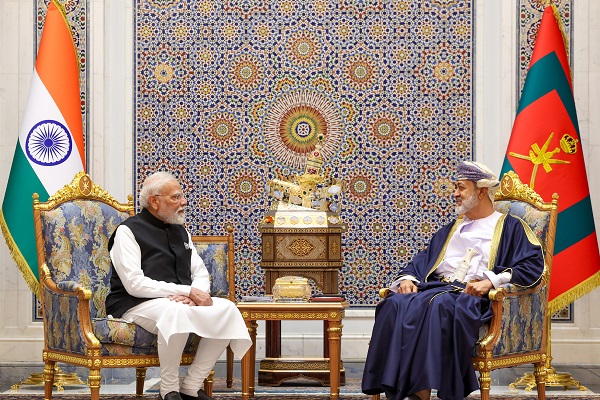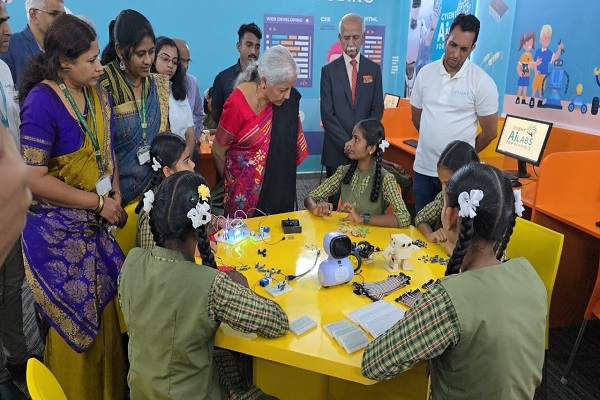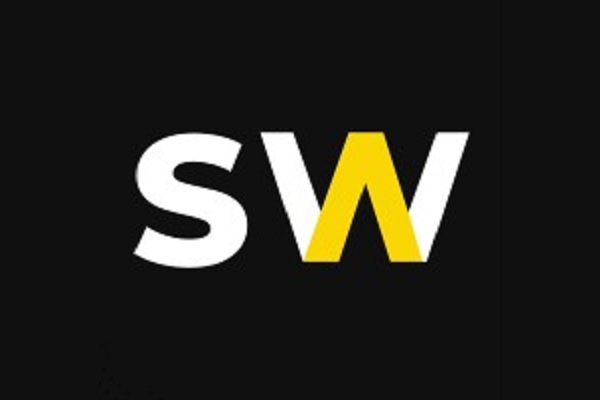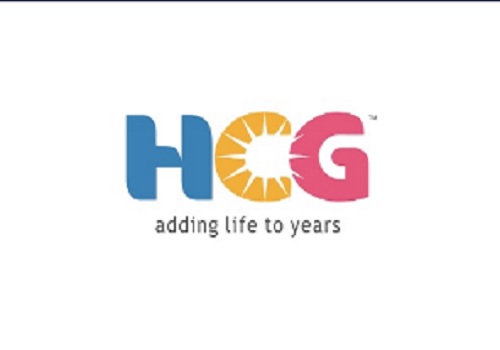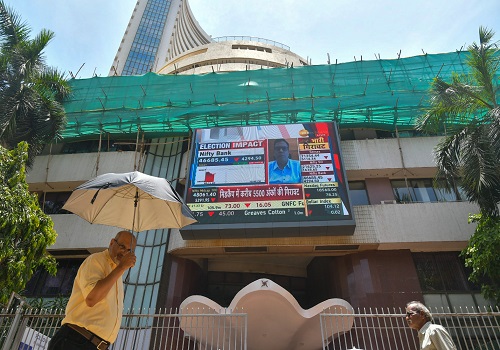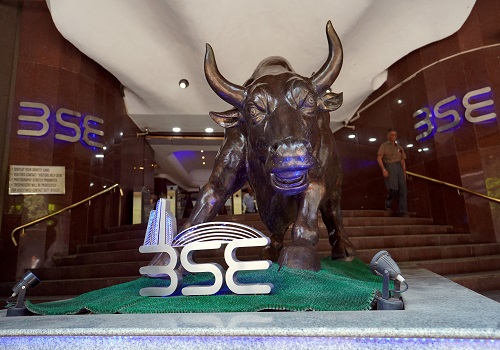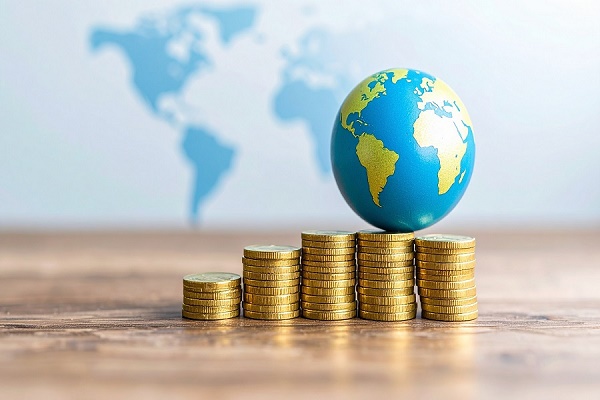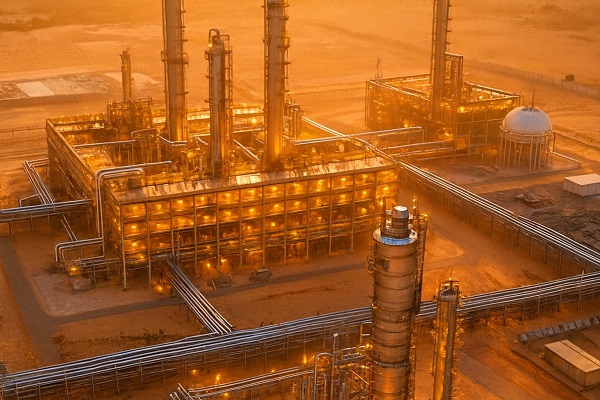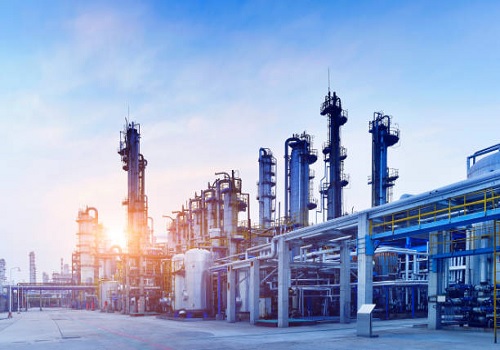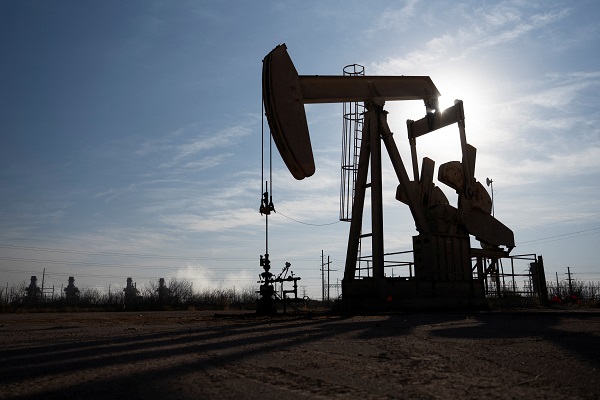Buy Indraprastha Gas Ltd For Target Rs. 500 - JM Financial Services
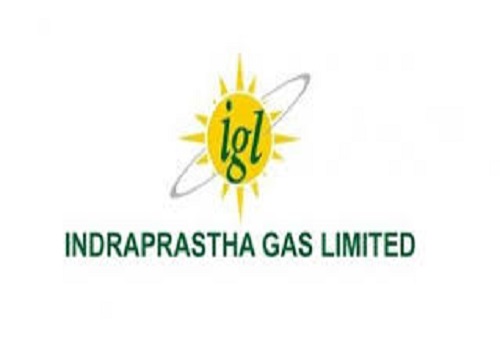
EV risk a key monitorable; maintain BUY on valuations
IGL’s 2QFY24 standalone EBITDA was INR 6.6bn, higher than JMFe/consensus of INR 6.4bn/INR 6.3bn due to higher sales volume and slightly better EBITDA margin (INR 8.6/scm). Sales volume was 1.7% above JMFe (up 2.4% QoQ) driven by higher CNG volume; the management highlighted that volume growth in Delhi was 1.5-2% lower than normal growth due to impact of floods/G20. The management clarified that cab aggregators constitute ~15% of IGL’s total CNG volume; hence, though it maintained exit FY24 volume at 9mmscmd it didn’t guide for FY25 volume due to limited clarity on the impact of Delhi’s EV policy. We have reduced our volume growth assumption for IGL by 100bps from FY25 onwards and terminal growth assumption to 3% (from 5%) to account for likely adverse impact of Delhi’s EV policy on IGL’s overall CNG volume. This has led to a 2.6% cut in our FY25 EBITDA estimate while our FY24 EBITDA estimate remains unchanged; our DCF-based TP has been cut to INR 500 (from INR 570). However, we still maintain BUY on valuation grounds and due to IGL’s: a) decent pricing power given that CNG is 45%/25% cheaper than diesel/petrol, and b) steady volume growth story based on its existing lucrative NCR market and expansion into new, lucrative nearby cities and intercity traffic. At CMP, IGL is trading at FY25 P/E of 12.7x and FY25 P/B of 2.7x.
* Sales volume 1.7% above JMFe (up 2.6% QoQ); volume growth in Delhi was 1.5-2% lower than normal growth due to impact of floods/G20: IGL’s 2QFY24 standalone EBITDA was INR 6.6bn, higher than JMFe/consensus of INR 6.4bn/INR 6.3bn due to higher sales volume and slightly better margin. Hence, PAT at INR 5.4bn was also higher vs. JMFe/consensus of INR 4.7bn aided by higher other income (INR 1.3bn vs. JMFe of INR 1.0bn) and lower taxes (22.1% vs. 25.3% in 2QFY24). The board approved an interim dividend of INR 4/share for 1HFY24 (or ~25% payout of 1HFY24 consolidated EPS of INR15.4/share). Sales volume at 8.3mmscmd or 764mmscm (up 2.4% QoQ and up 2.6% YoY) was 1.7% above JMFe; this was because CNG sales volume at 575mmscm (up 2.4% QoQ and up 2.6% YoY) was 2.4% above JMFe. However, PNG sales volume was largely in line with JMFe at 189mmscm (up 2.3% QoQ and up 2.8% YoY), with domestic PNG sales volume a tad lower at 53mmscm (up 0.9% QoQ and up 14.7% YoY) and industrial/commercial PNG sales volume in line at 90mmscm (up 3.3% QoQ, but down 1.8% YoY). The management highlighted that volume growth in Delhi was 1.5-2% lower than the normal growth due to impact of floods/G20.
* EBITDA margin flat QoQ at INR 8.6/scm but higher than JMFe of INR 8.3/scm aided by lower opex: Gross spread was marginally higher at INR 14.1/scm in 2QFY24 vs. JMFe of INR 14.0/scm (though down from INR 14.4/scm in 1QFY24) as average cost of gas was a tad lower at USD 10.5/mmbtu or INR 31.2/scm vs. JMFe of USD 10.6/mmbtu (vs. USD 10.6/mmbtu in 1QFY24). Further, opex was lower at INR 5.5/scm vs. JMFe of INR 5.7/scm aided by higher volume (and down from INR 5.8/scm in 1QFY24). Hence, EBITDA margin was higher at INR 8.6/scm in 2QFY24 vs. JMFe of INR 8.3/scm (though flattish QoQ).
* Cab aggregators constitute ~15% of IGL’s total CNG volume; management maintains exit FY24 volume at 9mmscmd but hasn’t guided for FY25 volume due to limited clarity on impact of EV policy: The management shared the approximate break-up of IGL’s total CNG sales volume as: a) Cab aggregators: 15%; b) Private cars: 40%; c) Auto: 6%; d) Buses: 20% (DTC is 6-7% and balance 13-14% state carriers); e) balance around 20% from taxis/LCVs. It expects Delhi’s EV policy to result in muted volume growth in the cab aggregator segment in the next few years and says the long-term impact (beyond 2030) is difficult to predict. However, it clarified that presently there is no restriction on movement of CNG vehicles across Delhi-NCR and hopes there will be no restriction in future as well but that will depend on government policies. Hence, though the management maintained FY24 exit volume guidance of 9mmscmd (vs. 8.3mmscmd in 2QFY24), in the absence of clarity on Delhi’s EV policy it didn’t give any guidance for volume growth from FY25 onwards. However, it added that, going forward, 50-60% of incremental volume will come up from new GAs while 40-50% of incremental volume is expected from Delhi.
* TP cut to INR 500 to account for lower growth due to Delhi’s EV policy; reiterate BUY on valuation grounds and due to decent pricing power and steady volume growth: We have reduced our volume growth assumption for IGL by 100bps from FY25 onwards and terminal growth assumption to 3% (from 5%) to account for likely adverse impact of Delhi’s EV policy on its overall CNG volume. This has led to cut in our FY25 EBITDA estimate by 2.6% while our FY24 EBITDA estimate remains unchanged. Hence, our DCFbased TP has been cut to INR 500 (from INR 570). However, we still maintain BUY on valuation grounds and due to IGL’s: a) decent pricing power given that CNG is 45%/25% cheaper than diesel/petrol, and b) steady volume growth story based on its existing lucrative NCR market (CNG penetration in private cars is 25-30%) and expansion into new, lucrative nearby cities and intercity traffic. At CMP, IGL is trading at FY25 P/E of 12.7x (3-year avg: 19.3x) and FY25 P/B of 2.7x (3-year avg: 4.4x). Key Risks: muted volume growth and margin concerns due to rise in penetration of electric vehicles and/or no increase in domestic gas allocation; and sharp hike in HPHT/spot LNG gas price.
Please refer disclaimer at https://www.jmfl.com/disclaimer
SEBI Registration Number is INM000010361
